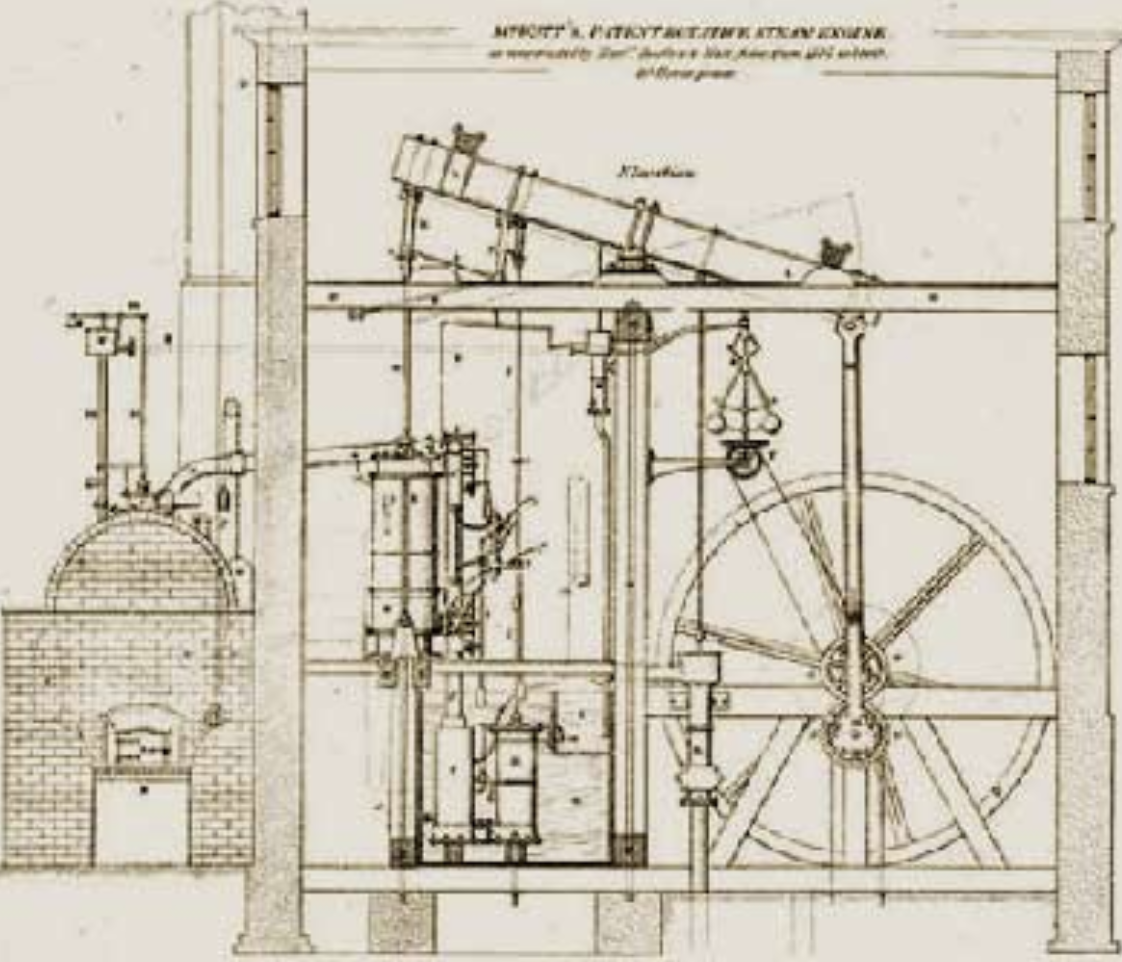Design Patent’s Non-Patent Origins
Jason J. Du Mont and Mark D. Janis
Max Planck Institute for Intellectual Property & Competition Law;
Chicago-Kent College of Law; Indiana University Maurer School of Law
Abstract
Design patent protection is the oldest American form of intellectual property protection for ornamental designs, but still the most enigmatic. Congress passed the first design patent legislation in 1842, operating on the assumption that existing rules for utility patents could be incorporated en masse to protect designs. This Article questions that assumption. Drawing on new archival research and historical analysis, this Article demonstrates for the first time how the design patent system originated. We analyze the international trade aspects of the first design patent legislation, linking the legislation with a brief burst of protectionist measures associated with the Whig party. We also examine technological innovations that ushered in the first major era of American industrial design in key antebellum industries, and we analyze lobbying efforts on behalf of those industries that led to proposals for early design protection, proposals that did not assume the incorporation of patent rules. We also prove for the first time how the American design patent system originated as a knock-off of British copyright and registered design legislation, and why the American system was likely forced into a patent rubric. Finally, we conclude by offering concrete suggestions for the courts and Congress to ease the design patent system back to its non-patent roots.






